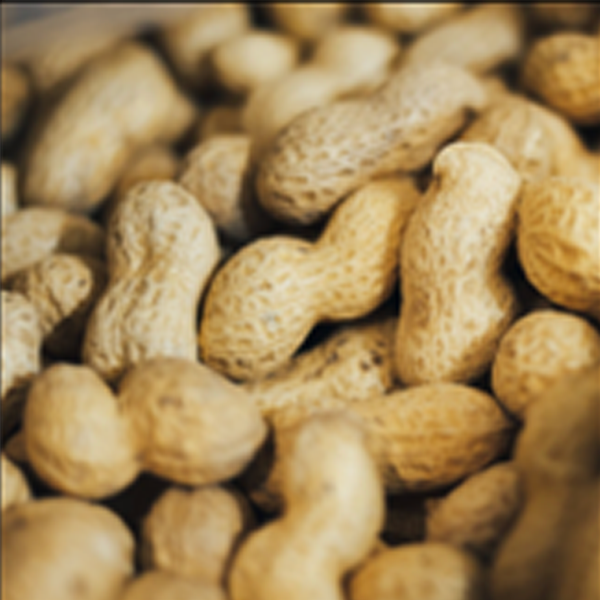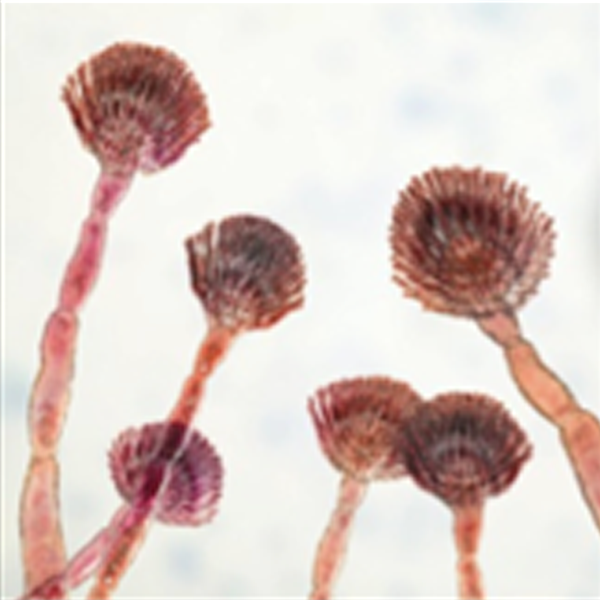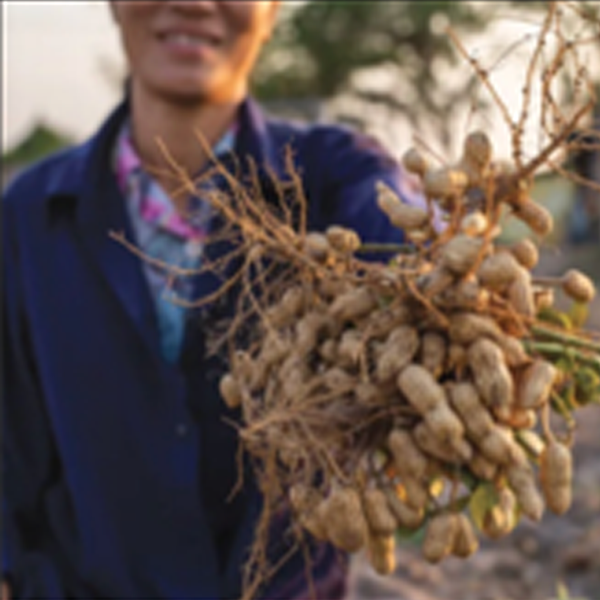Lab Projects
Effective utilization of genomics in breeding programs
Genomics in the sequencing era has provided tools that have reimagined plant breeding. For those breeders working on crops with large international markets, it is taken for granted that for many crops, breeders and researchers do not have the funding and critical mass to utilize genomics effectively. The Clevenger Lab focuses heavily on innovating solutions for crop communities that still struggle with utilizing genomics in a cost-effective way. The key questions we aim to address are
- How do we more accurately analyze whole genome sequencing so that we can sequence less and retain high resolution?
- How do we efficiently utilize sequence for direct genotype to phenotype linkage within a practical breeding program?
- How can we combine the innovations from the first 2 questions to reinvent genome-assisted breeding in the context of small, publicly funded breeding programs?
We now implement informatics we developed for highly accurate, low coverage sequencing of peanut into an affordable service, Khufu.
Khufu describes a suite of analyses for population genotyping and trait mapping using QTL-sequencing. It is designed specifically for crops with complex genomes, crops without large genetic resources, and small breeding and genetics programs.
Genetics of low aflatoxin and drought tolerance in peanut
Aflatoxin contamination and drought tolerance are very different problems for peanut production that are linked in useful ways. Aflatoxin is a highly carcinogenic mycotoxin that is produced by Aspergillus spp, a ubiquitous fungus that colonizes peanuts, tree nuts, and grains, especially in subtropical growing regions. When conditions become hot and dry, Aspergillus will produce aflatoxin as a response to oxidative stress. Concentrations of aflatoxin even at very low levels can be extremely dangerous for human consumption. Increased drought tolerance in peanut can alleviate the oxidative stress on the developing seed and mitigate aflatoxin contamination when conditions are conducive for contamination.
The Clevenger lab is focused on identifying genetic sources for drought tolerance and low aflatoxin contamination, genetically identifying candidate variation that can be used to select for those traits, and integrating and validating those factors in agronomically elite genetic backgrounds. The ultimate goal is to work towards providing genetic tools for breeders all over the world to deploy varieties that can maintain yield under drought stress and mitigate aflatoxin contamination.
A PAN-MAGIC platform for genetic improvement
In the post reference genome era, pan-genomes are offering up new insights into the full scope of genetic diversity within species. As HIFI sequencing becomes more accessible, it opens up new possibilities to utilize pan genomics on a practical scale. Crop geneticists spend considerable time and resources developing and maintaining populations they use for genetically mapping traits of interest in the pursuit of candidate genes for marker-assisted breeding and gene editing. These populations often do not contain the genetic resolution needed for efficient candidate gene identification. More advanced population structures, like multi parent advanced generation intercross (MAGIC) populations offer benefits for genetic mapping including 1) increased potential for genetic resolution and 2) increased diversity of alleles from 4, 8, or even 16 parental genotypes.
We are combining MAGIC populations with pan genomics to create a PAN-MAGIC platform for targeted improvement efforts in the breeding context. Our model is a MAGIC population developed for peanut that combines strong resistance to disease, tolerance to drought, low aflatoxin, yield, and grade from 16 parents into one large population (1,000 families). We are creating de novo HIFI genome assemblies of all 16 parents and using the pan genome to more effectively target candidate variation linked to traits of interest.




